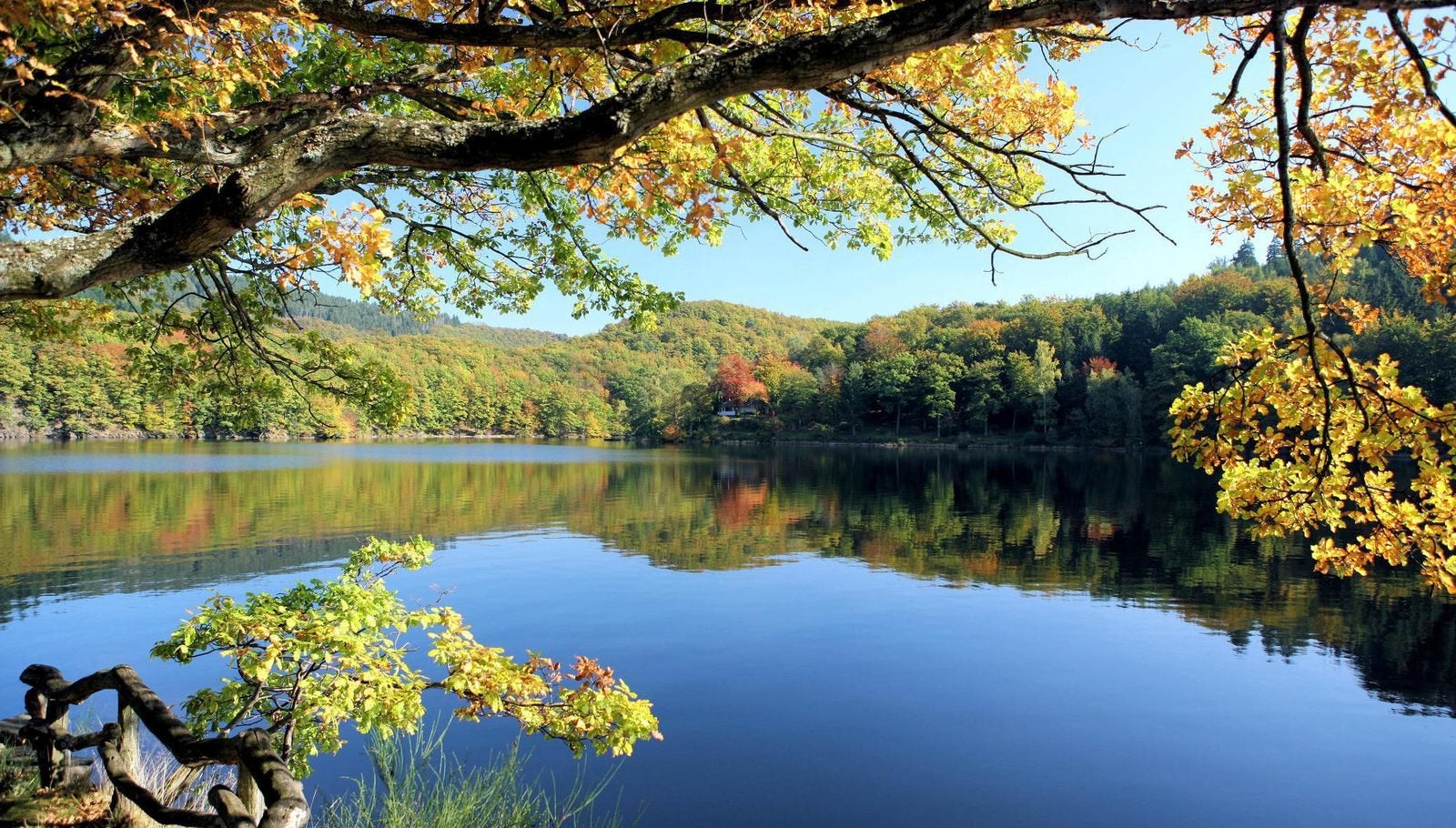Winter outdoor camping is a fun and daring experience, however it requires correct equipment to ensure you stay warm. You'll require a close-fitting base layer to trap your body heat, along with an insulating coat and a water resistant shell.
You'll also need snow risks (or deadman anchors) hidden in the snow. These can be connected making use of Bob's smart knot or a normal taut-line drawback.
Pitch Your Outdoor tents
Winter season outdoor camping can be an enjoyable and adventurous experience. However, it is important to have the correct gear and recognize exactly how to pitch your camping tent in snow. This will certainly avoid cold injuries like frostbite and hypothermia. It is also vital to consume well and remain hydrated.
When setting up camp, make sure to select a website that is sheltered from the wind and free of avalanche threat. It is likewise a good concept to load down the area around your outdoor tents, as this will certainly help reduce sinking from temperature.
Prior to you established your outdoor tents, dig pits with the same size as each of the anchor points (groundsheet rings and guy lines) in the facility of the camping tent. Fill these pits with sand, stones and even stuff sacks full of snow to small and safeguard the ground. You might likewise want to consider a dead-man support, which includes tying outdoor tents lines to sticks of wood that are buried in the snow.
Pack Down the Area Around Your Camping tent
Although not a requirement in a lot of areas, snow risks (additionally called deadman anchors) are an excellent addition to your tent pitching kit when camping in deep or pressed snow. They are generally sticks that are created to be hidden in the snow, where they will ice up and develop a solid anchor point. For finest results, use a clover hitch knot on the top of the stick and bury it in a few inches of snow or sand.
Set Up Your Outdoor tents
If you're camping in snow, it is an excellent concept to make use of an outdoor tents made for winter months backpacking. 3-season outdoors tents function great if you are making camp listed below timber line and not expecting especially extreme weather condition, however 4-season camping tents have stronger poles and fabrics and offer more defense from wind and hefty snowfall.
Make certain to bring ample insulation for your resting bag and a cozy, dry inflatable floor covering to sleep on. Blow up mats are much warmer than foam and help prevent cold places in your camping tent. You can likewise add an extra floor covering for resting or cooking.
It's additionally an excellent idea to set up your outdoor tents near a natural wind block, such as a team of trees. This will certainly make your camp a lot more comfortable. If you can not discover a windbreak, you can produce your own by excavating holes and burying things, such as rocks, camping tent stakes, or "dead man" supports (old camping tent individual lines) with a shovel.
Tie Down Your Tent
Snow stakes aren't essential if you make use canvas handbag of the right methods to secure your outdoor tents. Hidden sticks (perhaps collected on your technique hike) and ski posts function well, as does some version of a "deadman" hidden in the snow. (The idea is to develop an anchor that is so strong you will not be able to draw it up, despite a lot of initiative.) Some producers make specialized dead-man supports, however I prefer the simpleness of a taut-line hitch linked to a stick and then hidden in the snow.
Know the surface around your camp, particularly if there is avalanche danger. A branch that falls on your camping tent could harm it or, at worst, injure you. Additionally be wary of pitching your outdoor tents on a slope, which can catch wind and lead to collapse. A protected area with a reduced ridge or hill is much better than a steep gully.
